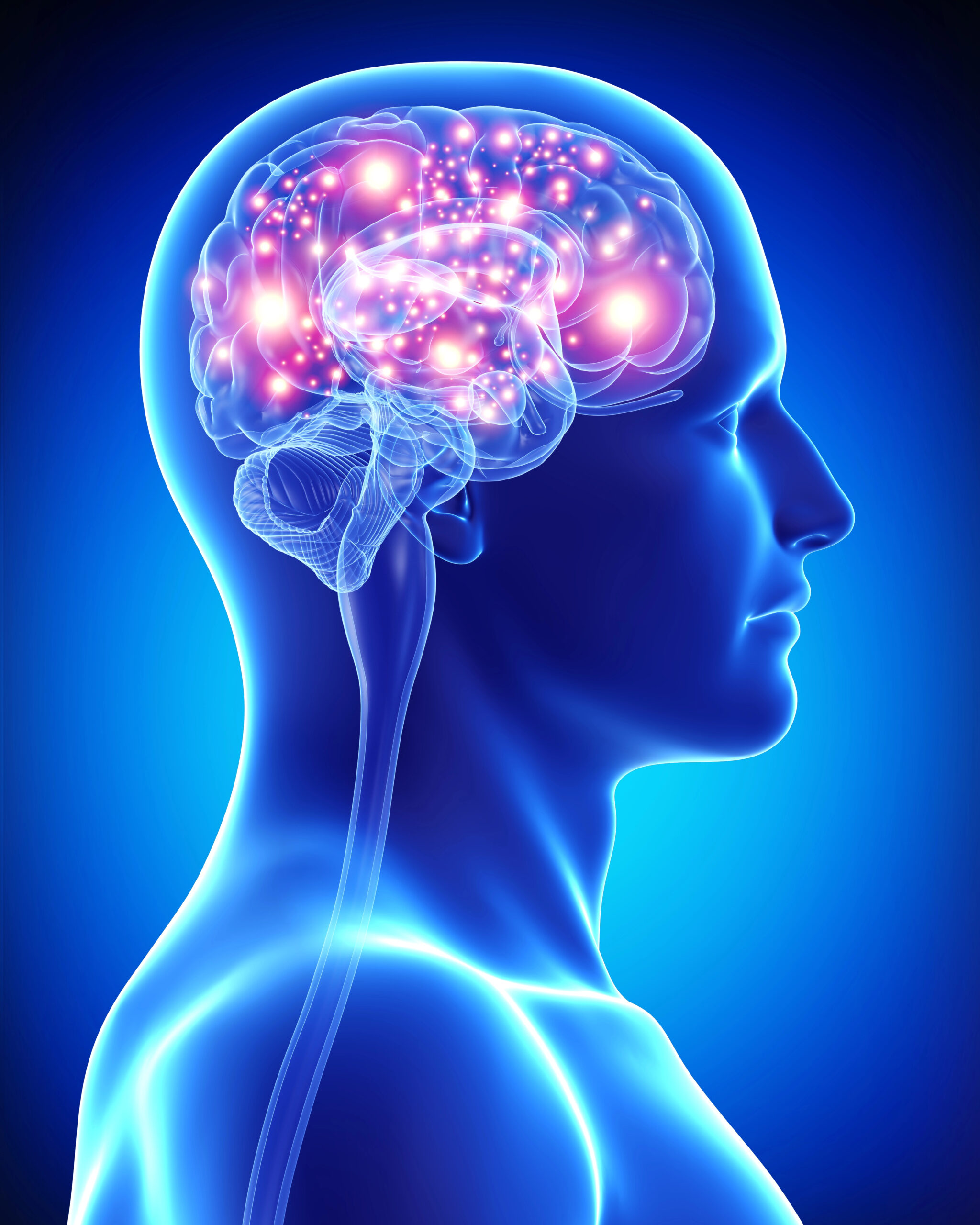Constant distractions and increasing demands on students’ attention have become more prevalent, making maintaining focus in the classroom has become a formidable challenge. Fortunately, a promising solution has emerged in the form of neurofeedback, a non-invasive therapeutic technique that directly influences brain activity. It involves monitoring a person’s brainwave patterns using electroencephalography (EEG) and providing real-time feedback to the individual. In this blog post, we’ll explore how neurofeedback is transforming the classroom experience by boosting students’ ability to focus and excel academically. We are living in a much more digitally run era where students are bombarded with information and distractions from various sources, such as smartphones, social media, and the constant lure of the internet. These distractions can significantly hinder their ability to engage with learning materials and concentrate on tasks.
To add to this, some students face additional challenges, such as attention deficit disorders (e.g., ADHD), which can make it even harder to stay attentive during lessons. Often attention deficit disorders are combatted with medication. It has been studied whether neurofeedback can serve as a tool to be used to achieve results without the use of ADHD medications and was found that the effectiveness of neurofeedback alone was more than that of Ritalin alone and its stability was also significant (Farahmand, Rabanizadeh, & Farashah 2019). Traditional pharmaceutical methods accompanied by standard in-school teaching methods alone may not always provide the necessary support to address attention deficit issues effectively.
Neurofeedback can be particularly effective in enhancing focus in the classroom for several reasons:
- Personalized Training: Neurofeedback sessions are tailored to each student’s unique brainwave patterns. This personalized approach ensures that the training is highly relevant to the individual’s needs.
- Attention Regulation: Neurofeedback enables students to learn how to self-regulate their attention and concentration levels. This skill becomes valuable in maintaining focus during lectures and study sessions. Without this, children are often seen wandering their eyes, fidgeting, or other distracted behaviors. After neurofeedback therapy, they can have more apt sustained attention.
- Neuroplasticity: Neurofeedback leverages the brain’s ability to adapt and rewire itself (neuroplasticity). Over time, consistent neurofeedback training can lead to lasting improvements in focus and cognitive function.
- Reduced Stress and Anxiety: Neurofeedback can also help reduce stress and anxiety levels, which often interfere with concentration. A calmer mind is better equipped to focus on learning tasks.
Neurofeedback has been found to enhance reading skills, IQ scores, cognitive abilities, academic performance and modify behavior (Hariharan & Padmaja 2018). Neurofeedback is ushering in a new era of education where students can capture the power of their brains to excel academically. By enhancing focus and concentration, neurofeedback empowers students to become active participants in their learning journey. As more educators and parents discover the potential of this groundbreaking technology, we can look forward to a future where students are better equipped to unlock their academic potential and thrive in the classroom.





